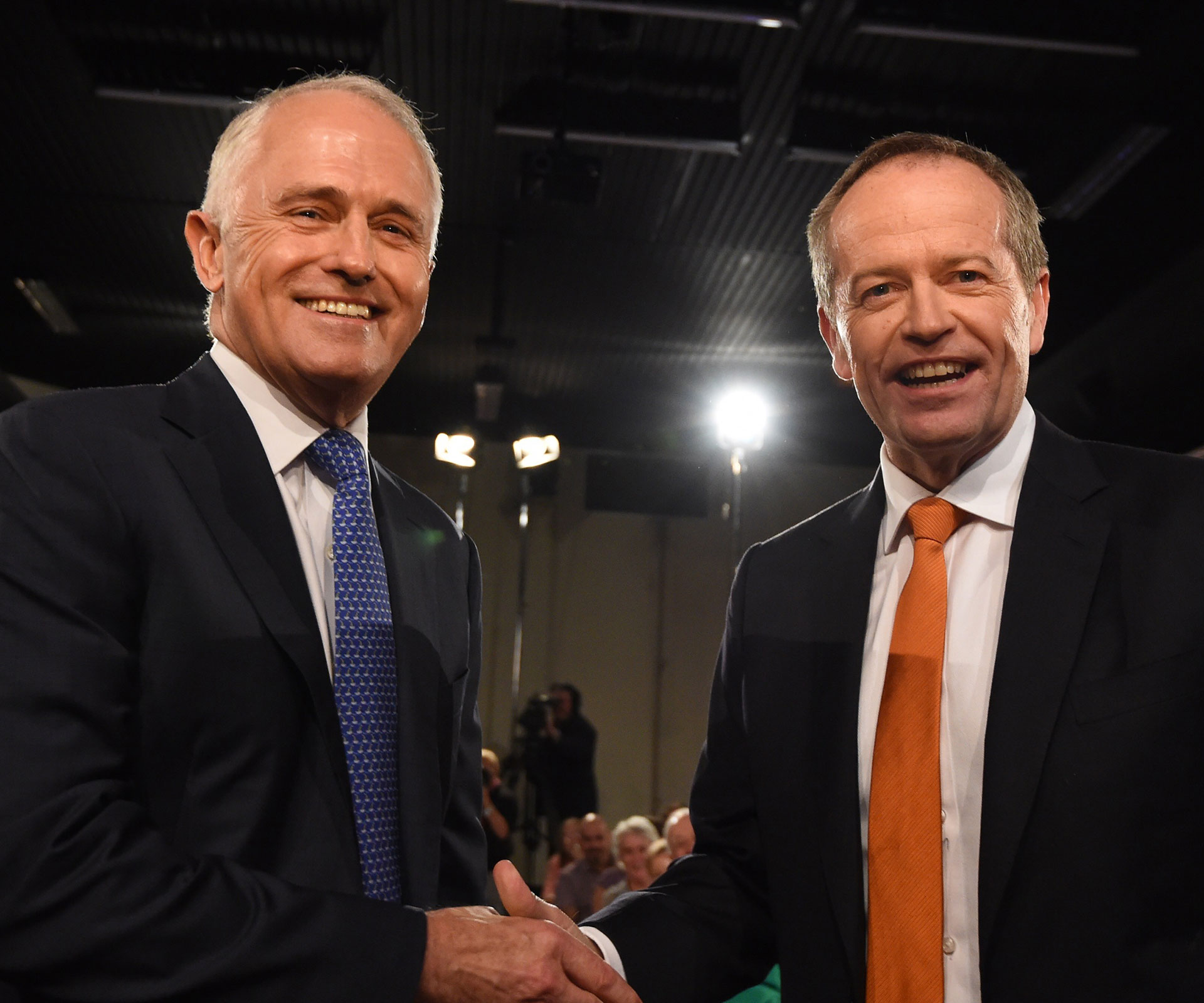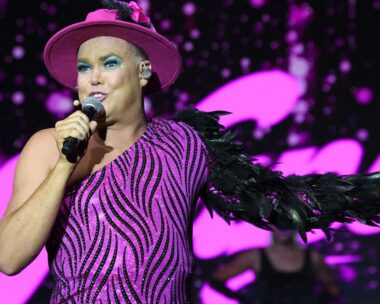Back in the nineteenth century, Australia led the way in giving women the right to vote and stand for parliament.
Yet here we are 114 years later and still only around 30 per cent of politicians in Australia’s parliaments are women.
Political parties say they’re doing everything they can to get to 50-50, but so far only Labor and the Greens have managed to get close. Labor has 45 per cent women MPs in the national parliament, while the Greens have 45.5 per cent. The Coalition parties have 27 per cent, and may have even less following the upcoming election.
This is not just a matter of balancing things up for appearances sake.
Without enough female voices in the nation’s decision-making forums, there is an increased chance that governments will make poor or bad decisions that have a negative impact on women.
That’s because it’s easier for a bunch of men on comfy incomes to cut funding for frontline domestic violence support, women’s health services or child care without thinking through the implications for women, families, the economy or the broader community.
In the absence of there being enough female politicians to stand up against their male-centric colleagues, it’s up to female voters to remind politicians what our half of the population wants from elected representatives when it comes to identifying priorities and allocating government funds.
The power of women voters cannot, and should not, be underestimated. Hell hath no fury like a female voter scorned.
Some politicians are alert to this, and while some have tried to pitch themselves as the supporter of women’s interests, many have failed.
Who could forget Tony Abbott trying to neutralise his “women’s problem” with an expensive, badly-targeted and poorly defended paid parental leave scheme.
And then there was Julia Gillard who, on the same day that she delivered her blistering speech about Abbott’s misogyny, also cut payments to single mothers when their youngest child turns eight.
So it’s hardly surprising a major opinion poll found more women supported Labor after Kevin Rudd replaced Julia Gillard in 2013 federal election, even if he did eventually lose to Tony Abbott.
Opinion polls are now showing the Government first led by Abbott and now Turnbull has lost its lead on the Opposition, with at least one poll suggesting this is because women have shifted their votes from the Coalition to Labor.
This may be in part because of decisions in the federal budget, which we highlighted last week as pretty unsatisfactory for women. But female voters have also gone off the Prime Minister, who failed to deliver on the high voter expectations he encouraged before challenging Tony Abbott for the top job.
Back then, 68 per cent of men and women approved of Turnbull, now that has dropped to 46 per cent for women and 49 per cent for men. The PM’s disapproval rating has increased accordingly.
Even so, despite their disillusionment with PM Turnbull, male voters seem to be sticking with the Government.
Accordingly, the outcome of the federal election rests in the hands of Australian women.
That’s why we’ll be providing you with analysis of the parties’ election policies, in light of their track records to date, and an assessment of what each party has to offer Australian women.
In preparation for election day, which falls on July 2, it’s worth checking to see if you are on the electoral roll and your details are correct. If you’re not yet registered to vote, you can enrol online at the Australian Electoral Commission.
Next week: The Coalition Government’s election pitch to Australian women.




